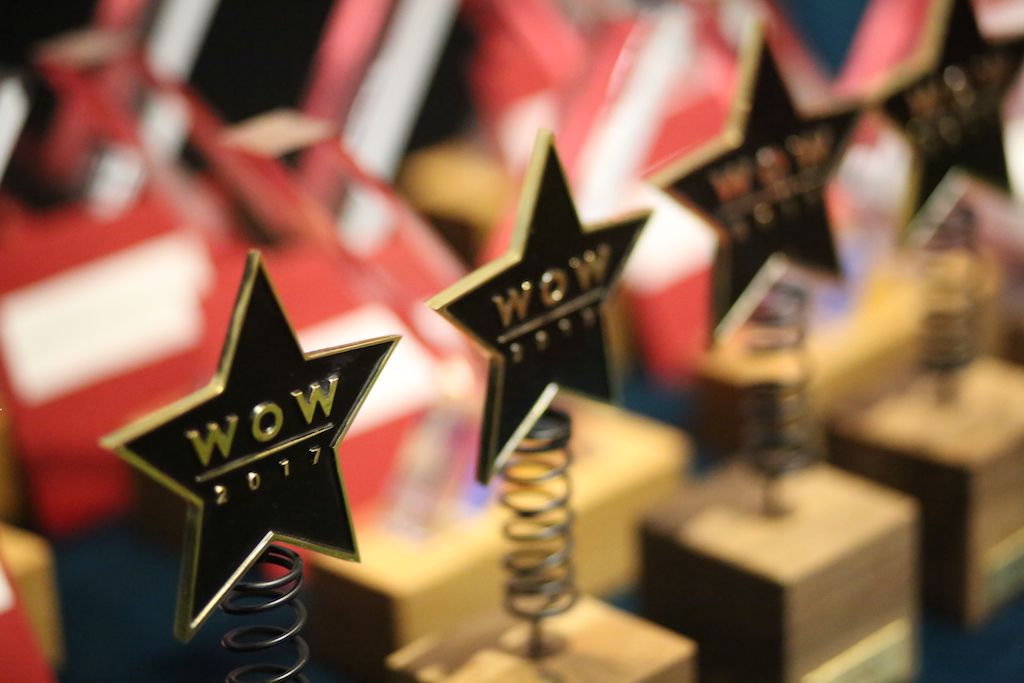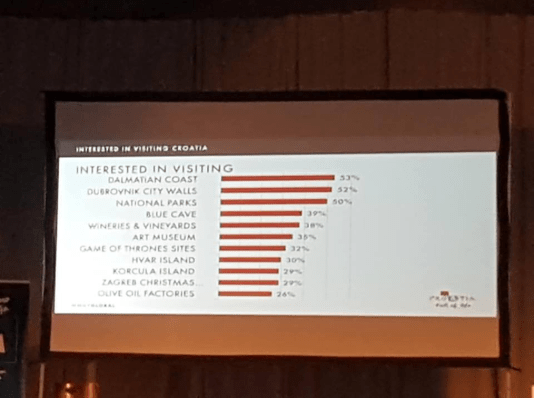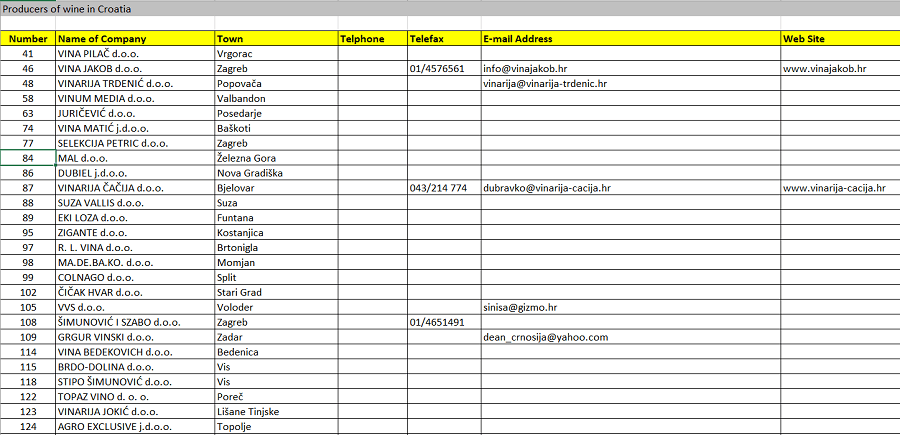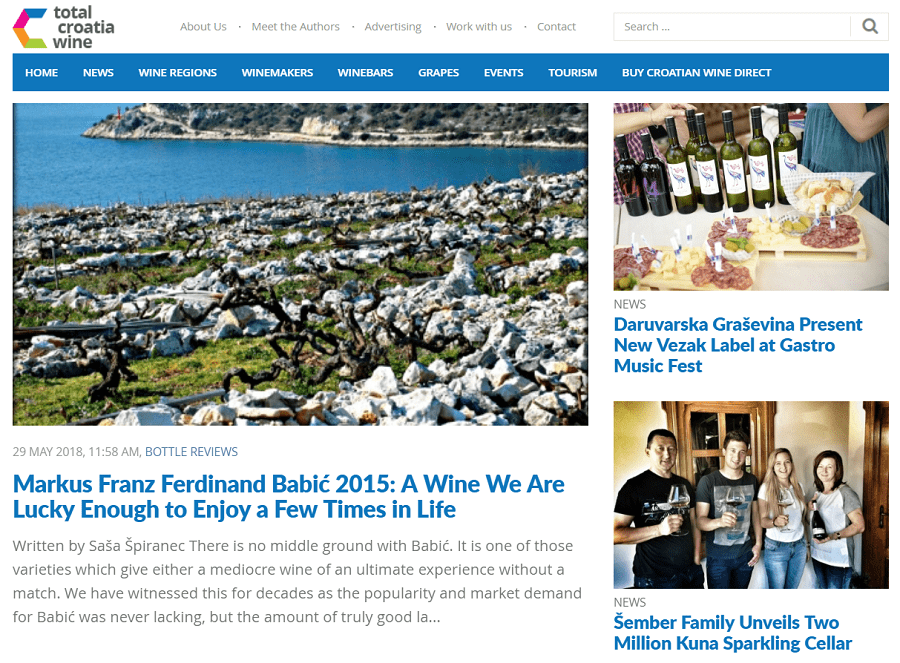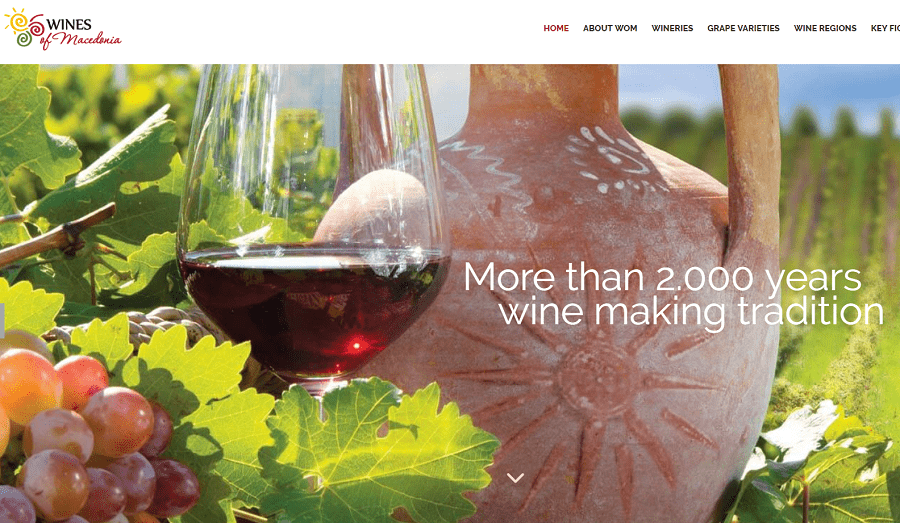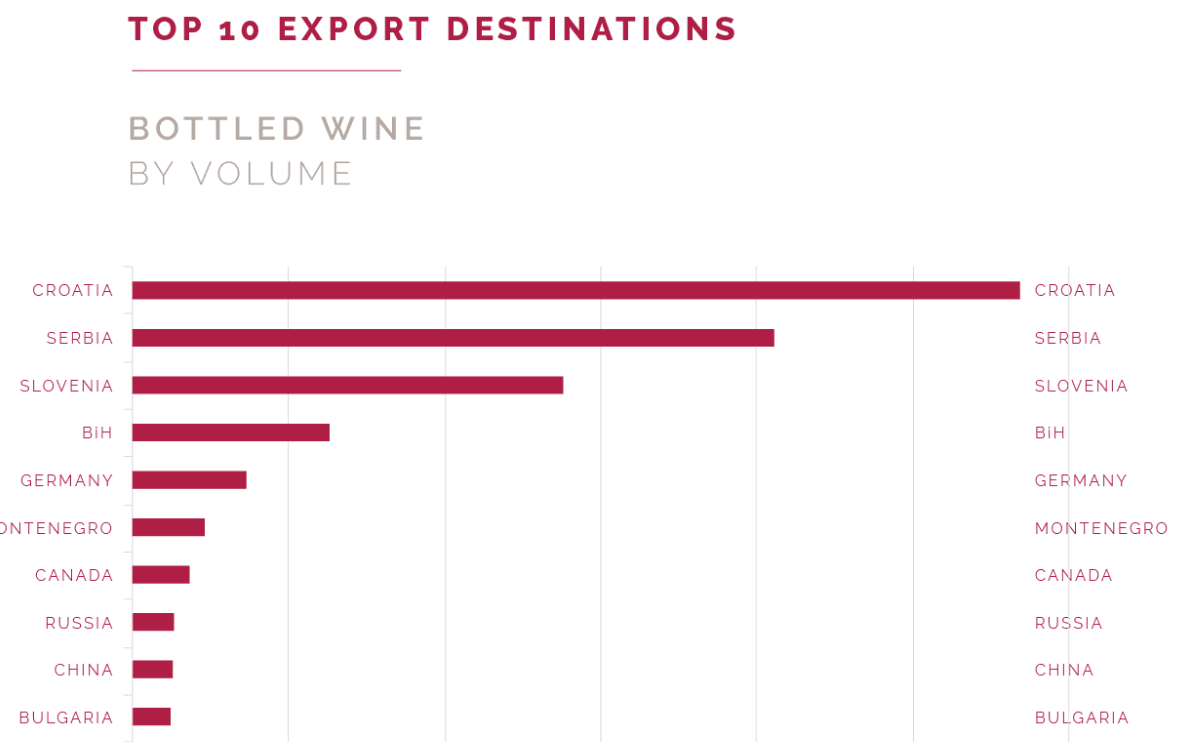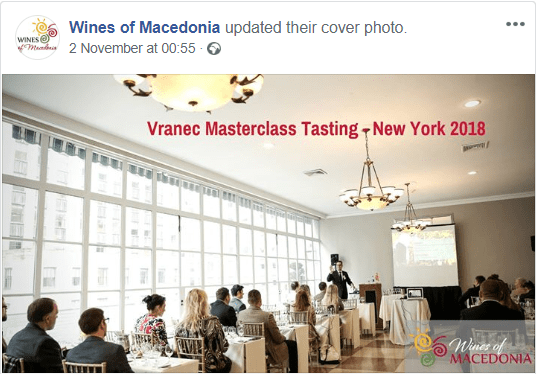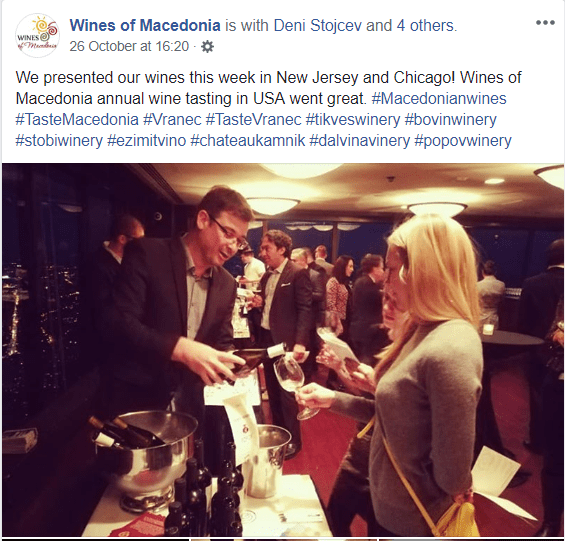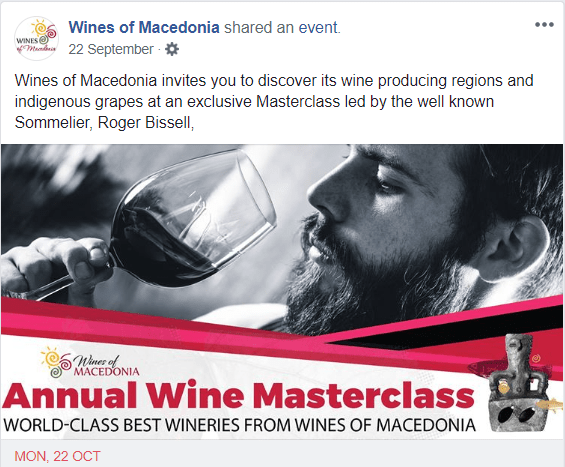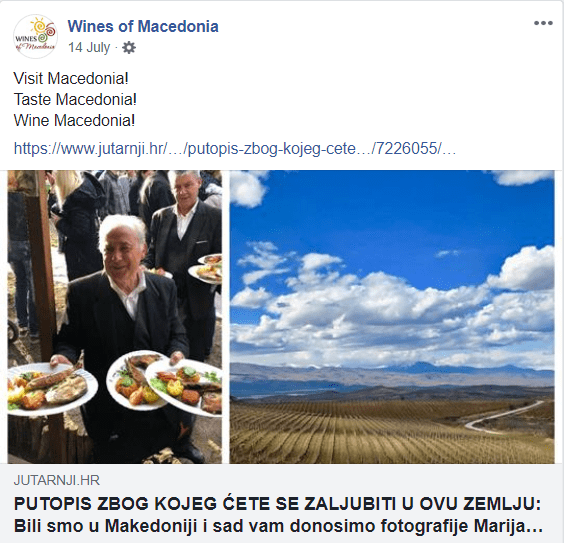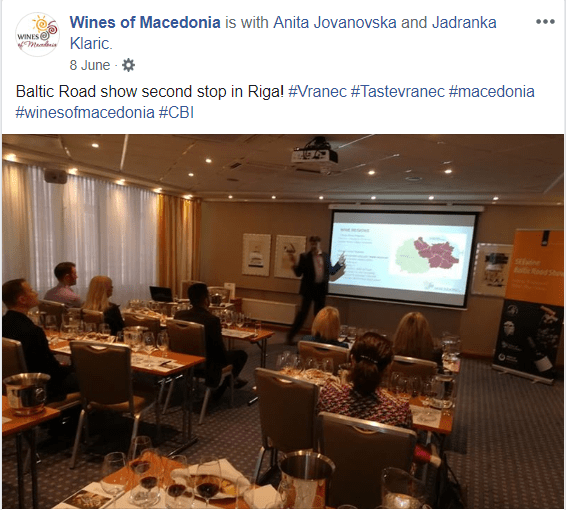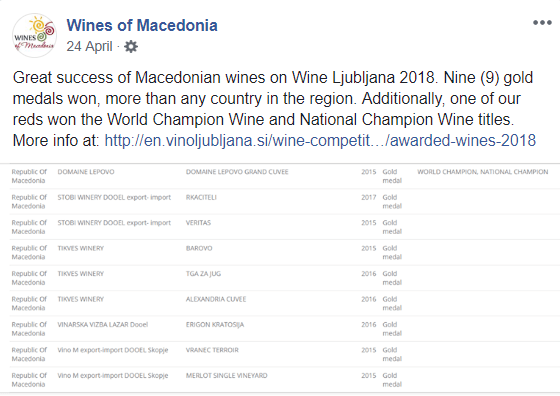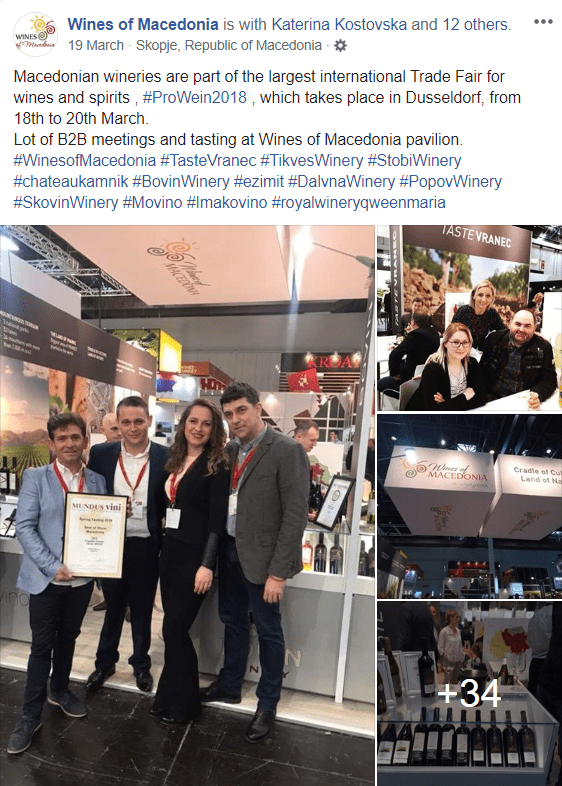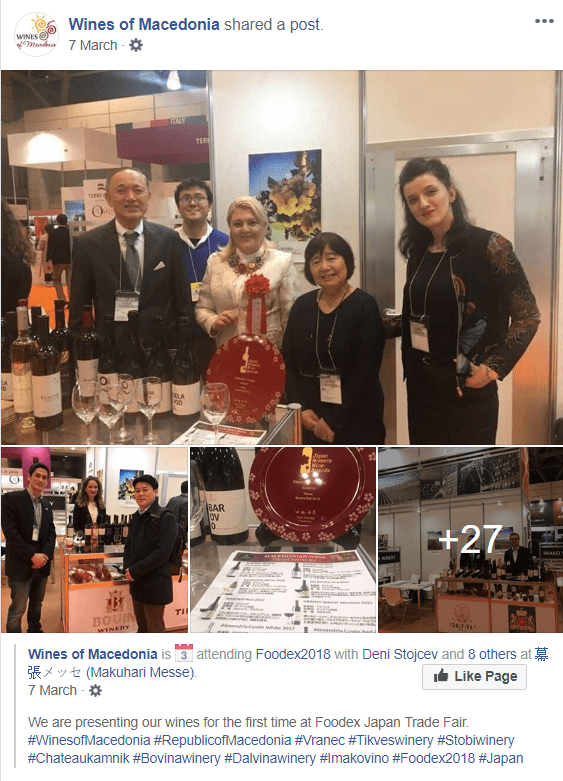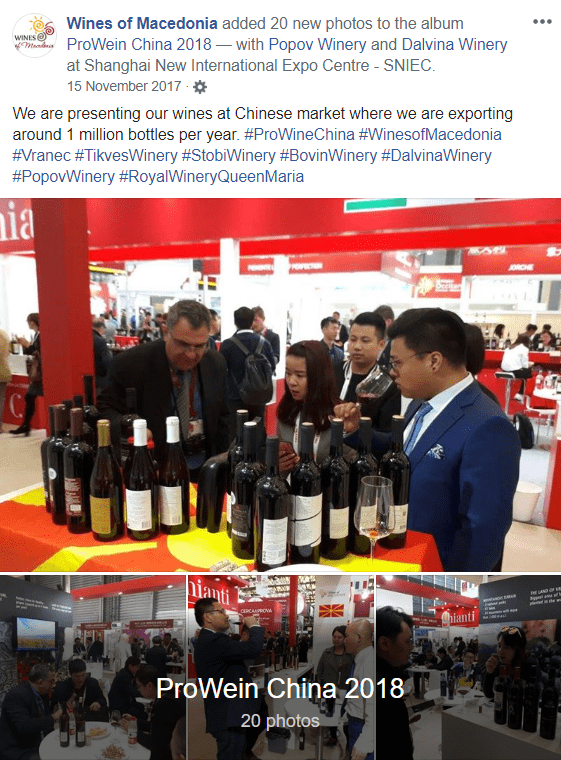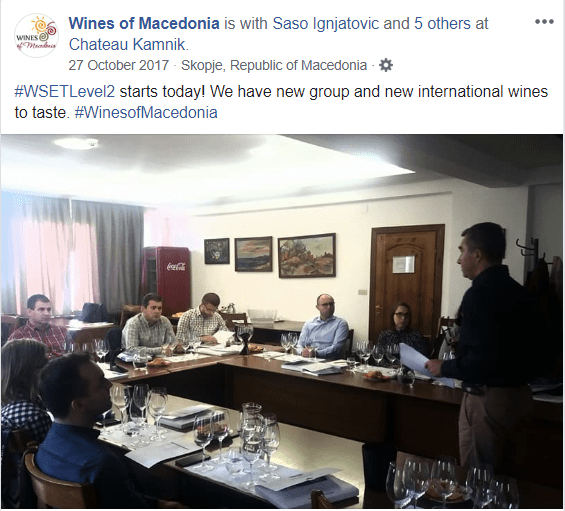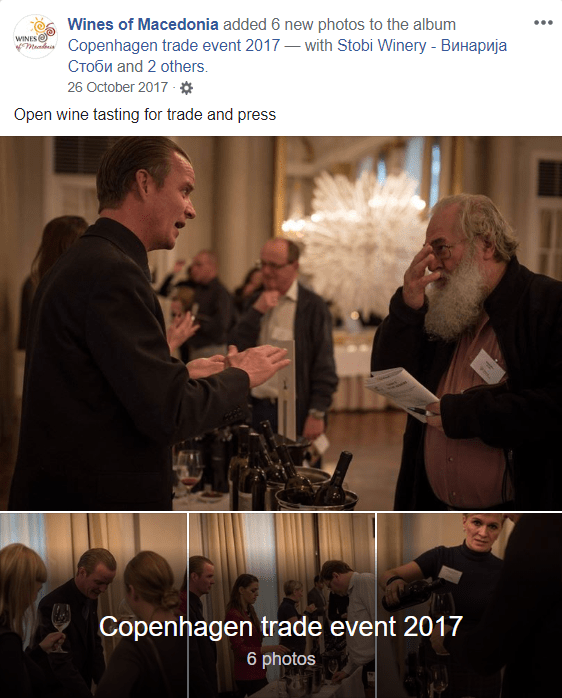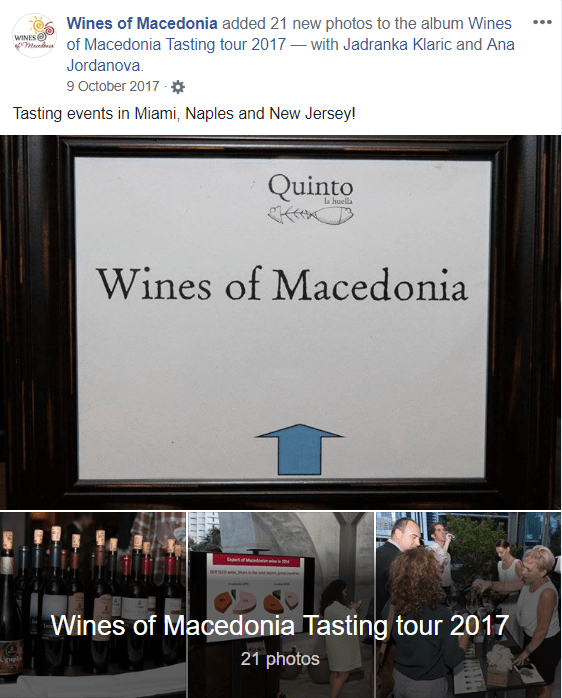Meet the Wine Towns of Korčula - Čara
Continuing our look at the wine town of Korčula through the eyes of the excellent Croatia Draga blog, a journey inland to the heart of Pošip, the island's most popular variety - welcome to Čara.
A nice new blog has appeared on the scene in Croatia, with a passion for wine. Part Two of the Croata Draga's tour of the vineyards of Korčula, after last week's visit to Lumbarda.
"Čara (that’s “char-a”) is probably the best known of the three wine towns, perhaps owing something to the dramatic view from the road of the main vineyards, which carpet a valley between the town and the PZ Pošip co-op, pictured at top. Co-operatives were largely formed during the Communist period, when growers were required to take their fruit to the co-op aside from a little wine made at home for family. The large valley in front of the co-op is subdivided into many parcels, where some families grow various vegetables alongside their vines. There are still quite a few wine co-ops in Croatia, but in Dalmatia PZ Pošip stands out for solid-quality wines made from the white Pošip grape."
To read the full blog, visit Croatia Draga.
For more on wine in Croatia, why not check out our sister site, Total Croatia Wine?
British Master of Wine Jo Ahearne Exports to Japan from Hvar
November 20, 2018 - Jo Ahearne is the first Master of Wine to make wine in Croatia, and now her indigenous Hvar wines are en route to Japan.
I don't even dare ask how she did it.
Croatian bureaucracy has featured a lot on TCN in recent weeks, as we have been highlighting some of the absurdities of life here, as well as issues foreigners are experiencing trying to get residence permits. But every once in a while, there is a heartwarming tale of success against all the odds, and this one is really worth celebrating.
I first met Jo Ahearne MW 4-5 years ago at the Dalmacija Wine Expo trade fair, as we ended up sitting on the back row of Sasa Spiranec's excellent masterclass of the 2011 Plavac Mali vintage. Soon after, Jo Ahearne made the pioneering decision to move to the island of Hvar to make wines from the various indigenous grapes of the island, kicking off with a delightful rose from the Darnekusa grape, Rosina.
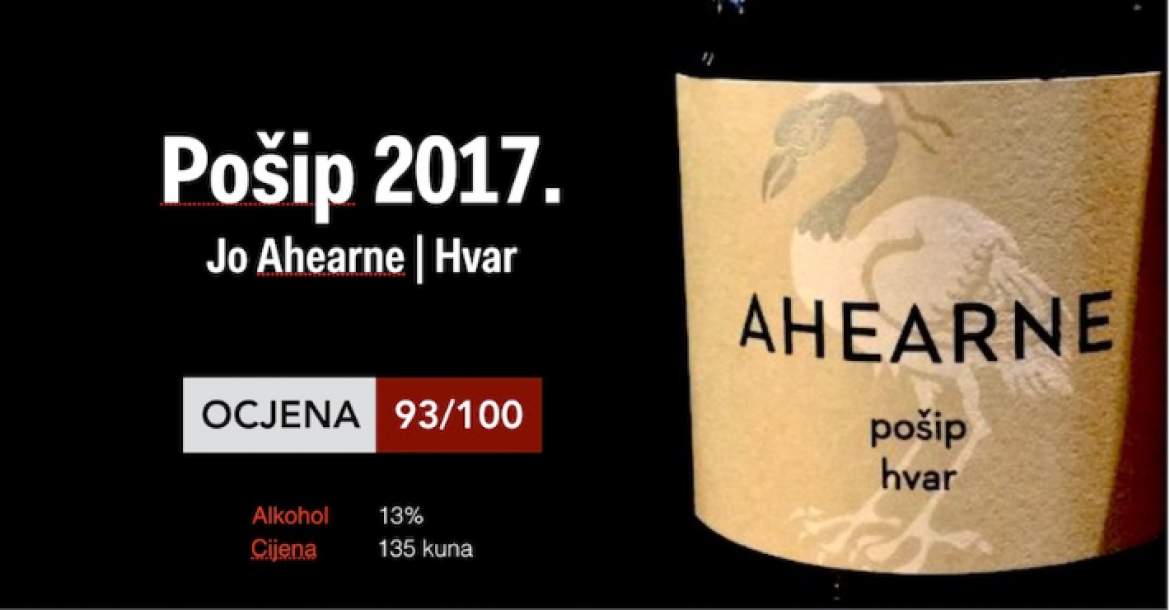
And while it didn't take Ahearne long to become noticed in the world of wine in Croatia, scoring 93/100 with her first ever Posip, and having her Wild Skins included in the best ten wines in Croatia last year, the more fascinating story for me was how she managed to navigate the bureaucracy and wine world in rural Croatia, and still succeed.
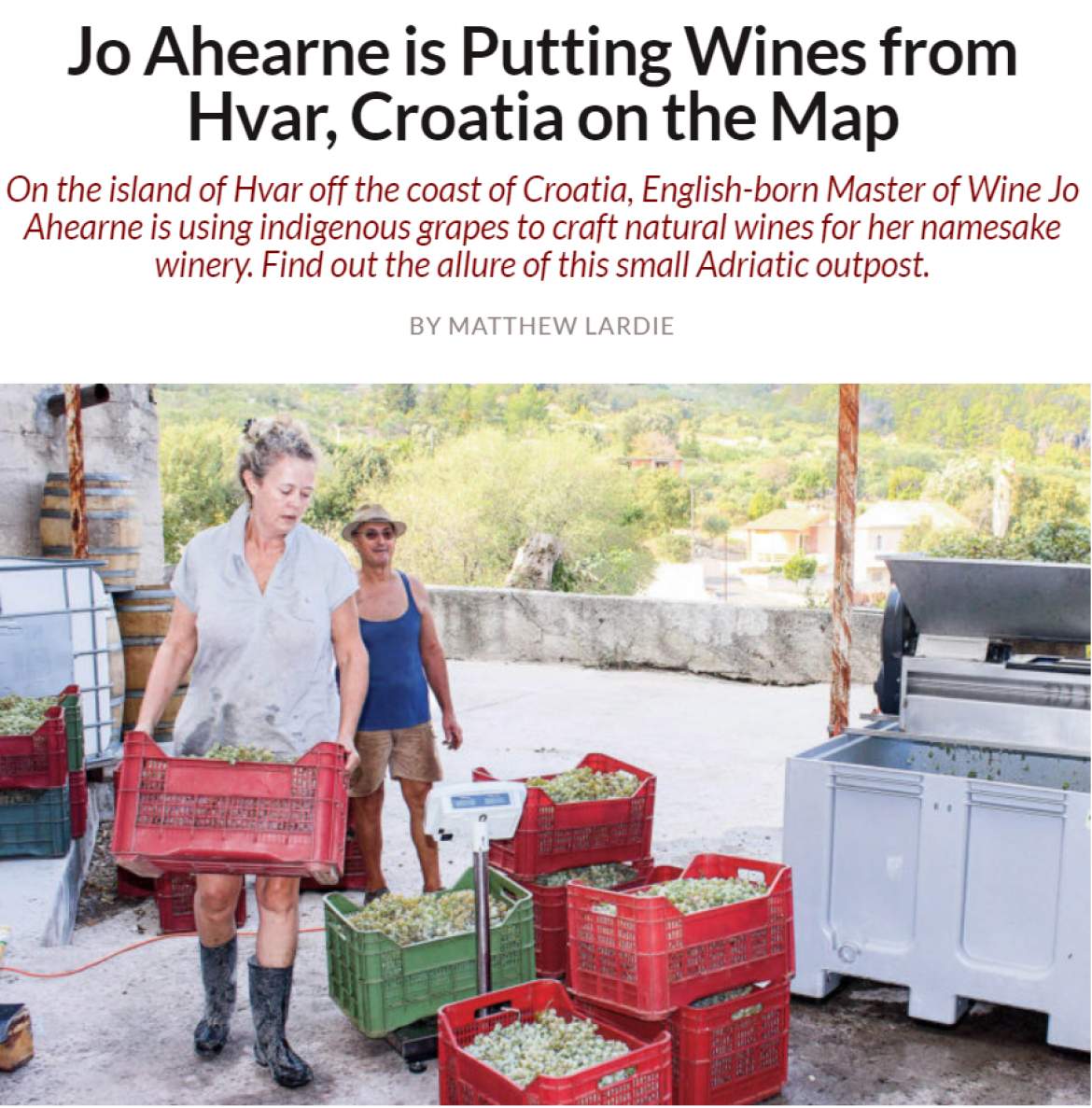
It was a brave move indeed to move to a country with not a word of the language and head to live on an island, and not even one of the main centres of population. All that would have been manageable, without the additional joys of Croatian paperwork, from permits to say to getting the right labels. Many is the time over the last few years that Jo and I have swapped frustrations over the crazy bureaucracy here over a beer. But while others gave up, Jo Ahearne kept on going strong. I truly hope she starts a wine blog about her adventures here - it would make fascinating and very entertaining reading. For all the problems, Jo has come across helpful officials on her journey who have helped enormously.
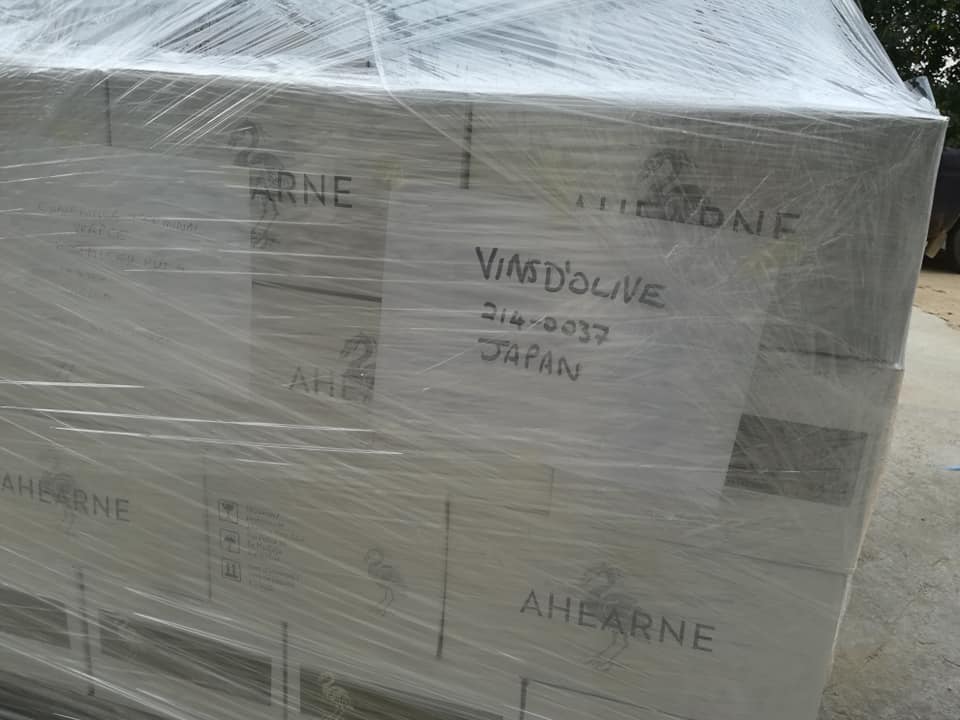
Getting the wine into the bottle is one huge milestone, getting it to the market yet one more, but actually managing to negotiate the paperwork for export to Japan (she is shipping Rosina, Plavac and Wild Skins) from her tiny Hvar winery in the village of Vrisnik is a phenomenal achievement, perhaps one that can only be fully appreciated by residents of the madhouse we know as The Beautiful Croatia. In addition to Australia next, exports to USA, Belgium, Germany, Slavonia, Serbia and UK will follow in early 2019.
Congratulations, Jo, very impressive on so many levels. And I do encourage you to check out Ahearne Wines and the sale and tasting options at Ahearne Vino on Hvar - a fantastic experience. You can follow Jo Ahearne's wine adventure in Croatia on the Ahearne Vino Facebook page.
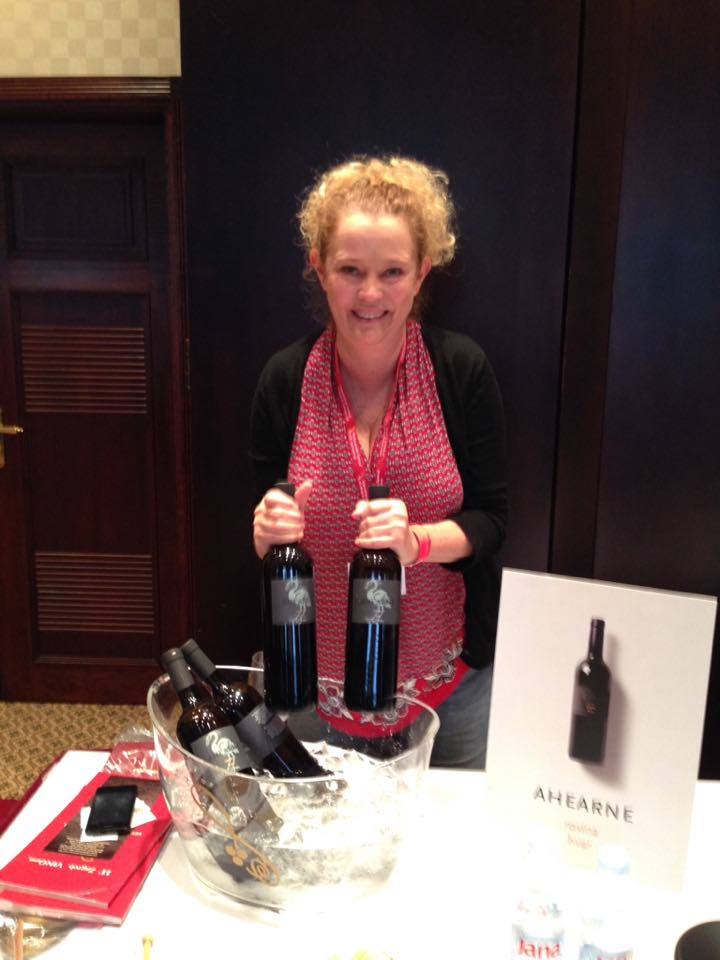
Meet the Wine Towns of Korčula: Lumbarda
A new blog about living in Croatia, with more than a hint of wine. Meet Croatia Draga, and the first in a three-part series exploring the wine towns of Korčula.
"Going to Korčula to meet its winemakers requires a drive to one of the island’s three main wine towns: Lumbarda, Smokvica and Čara. (Although there are worthy wineries outside these towns, I didn’t visit them this trip.) From Korčula town, Lumbarda is the closest, just a 10-minute drive to the easternmost end of the island. The famous sandy vineyards there are centered on a narrow peninsula that is bracketed on the two coasts by town beaches and leads to a mostly wooded knob on the tip of the island. Driving past the small riva at the center of town, you are almost immediately in the vineyards. You reach a tiny roundabout occupied by a tiny church and can follow the one-lane road through vines that spread in every direction."
To read the full article, click here.
Wine Oscars and Women's Wine Awards
How to gather top experts from different branches of winemaking at one place is best known to the Vinart company in Zagreb, which has organized the presentation of Vinart's annual achievement awards for the second year in a row. In front of nearly 250 distinguished guests from the world of media, entrepreneurship and winemaking, the Wine Oscars were awarded to those who were the best in the Croatian wine circles in the past year. The importance of these awards has been recognized not just by winemakers and wine industry representatives, but also by companies such as Romerquelle and Lidl, which sponsored the event.
“We are proud that the presentation of awards to the best winemakers and wineries has successfully come to life, which proves that Croatia is steadily growing and developing not just its interest for top quality wines, but also its wine industry,” said Saša Špiranec from Vinart.
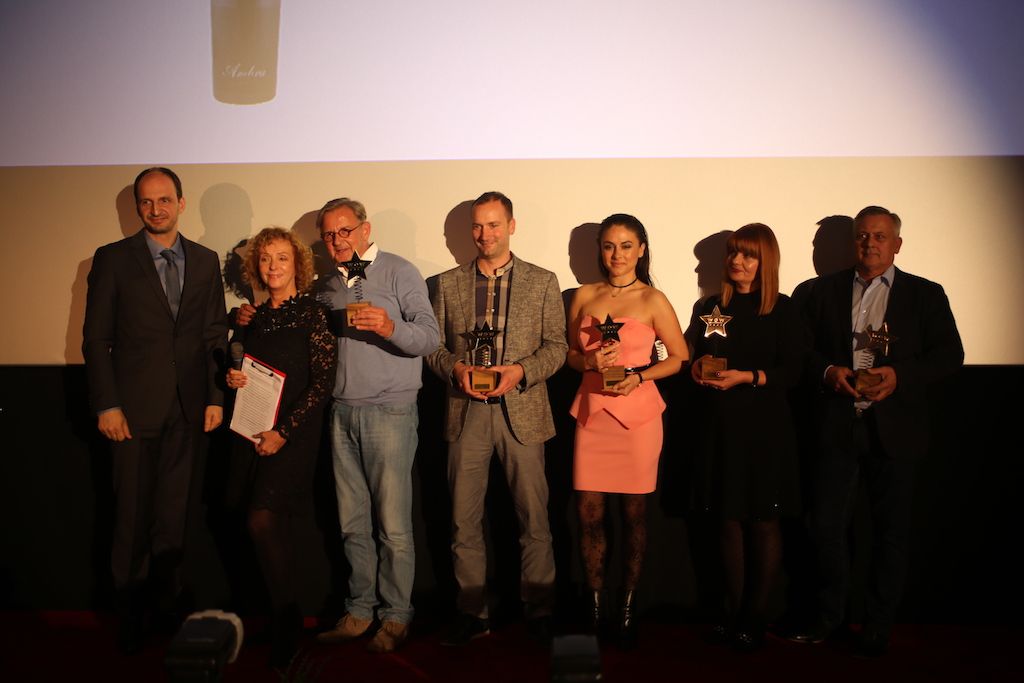
Among the award-winners, the best were Vlado Krauthaker, who has deservedly become the Romerquelle Person of the Year, and the Miloš winery as the Romerquelle Winery of the Year. “For over 30 years, the Miloš winery has been working uncompromisingly on the promotion of Pelješac and the Plavac Mali variety, as well as on the expression of local terroir and sortiment. I am glad that our efforts have been recognized because we do not try to win over the general public. Instead, we work uncompromisingly, both in our jobs and in life. Thank you all,” said Ivan Miloš.
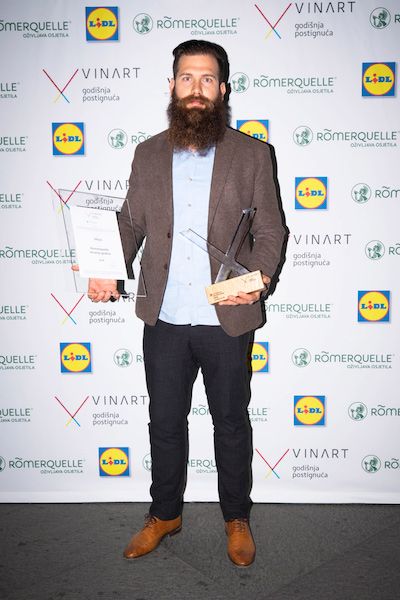
The winners of prizes in the Lidl regional wineries category were the Šember winery (Hilly Croatia), the Krauthaker winery (Slavonia and the Danube Region), the Fakin winery (Istria and Kvarner) and the Miloš winery (Dalmatia).
In the Vinart trading categories, the winners were Roto Dinamic as a wholesaler of the year, Bornstein as the wine shop of the year, and Vino.hr as the internet shop of the year.
At the glamorous event hosted by Vedran Mlikota, with the help of Saša Špiranec and assistance of Sanja Muzaferija, the WOW association also presented its awards for the seventh time. The WOW awards and the WOW Grand Prix are actually the grand finals of the WOW initiative "What Women Want" and are awarded in the categories of sparkling wine, white wine, rose, red wine and dessert wine, chosen according to a list provided by a different sommelier every year.
In previous years, these were Karin Rupena-Perdec, Alena Stuparić, Siniša Lasan, Mario Meštrović, Roko Bekavac and Jelena Šimić-Valentić, and this year the honour went to Željko Bročilović Carlos. In the final stage of the selection, the winner of each category is selected by a jury after a blind tasting. This year, the jury was composed of Marija Mrgudić, winemaker; Margita Belušić-Gobić, the WOW vice-president, ASI; Maja Kuzmanović, WSET 2nd Degree; all very experienced wine evaluators.
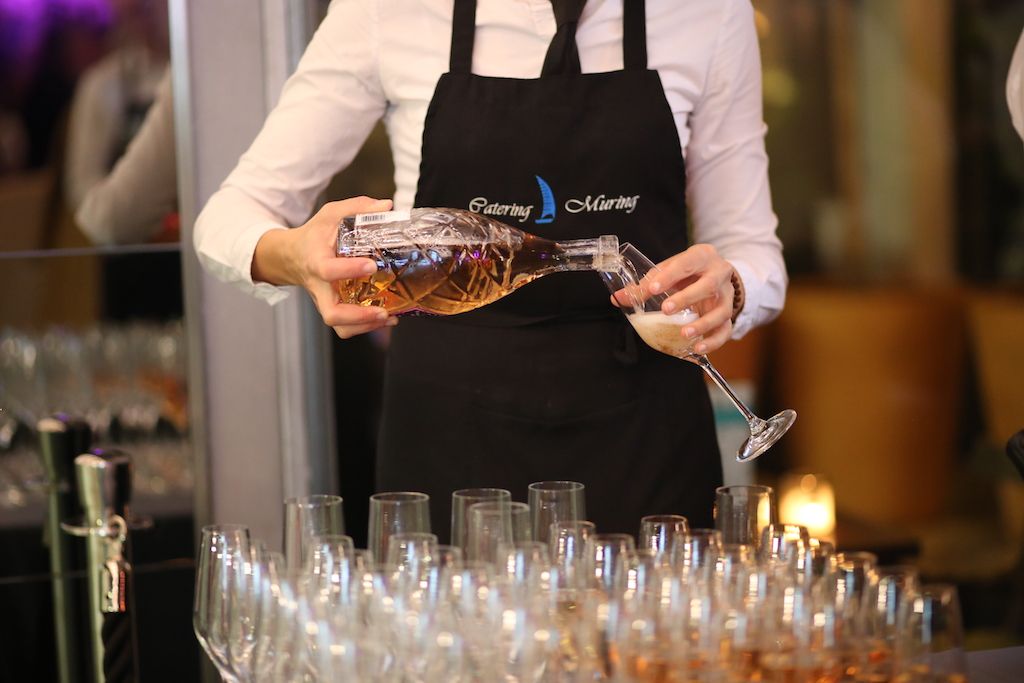
Unlike the medals and diplomas winemakers usually win, the WOW provides specific prizes for each winner, a valuable sculpture designed by the renowned design organization “Group", while the overall winner of the WOW Grand Prix wins a study tour of a wine region. In previous years, Gianfranco Kozlović travelled to Bordeaux, Saša Senjković to Champagne, Moreno Coronica to Barcelona and Penedes, Luka Krajančić to Burgundy, Frano Milina Bire to Austria, while last year the Meneghetti Red coupage won and led a representative of the Meneghetti winery to Tuscany.
This year’s winners were: sparkling wine – the Centurion Gold, Graševina; white wine – Premium 2013 by Jasna Antunović Turk; rose – Teuta 2017 of the Prović winery; red wine – Teran2105, Benvenuti; dessert wine – Prošek Amber, the Bibić winery. Everyone proudly took home sculptures presented to them by the association president and founder of the awards, journalist Sanja Muzaferija. The WOW Grand Prix was won by Proške Ambra, so the overall winner Alen Bibić will travel to a wine destination as arranged by the WOW association.
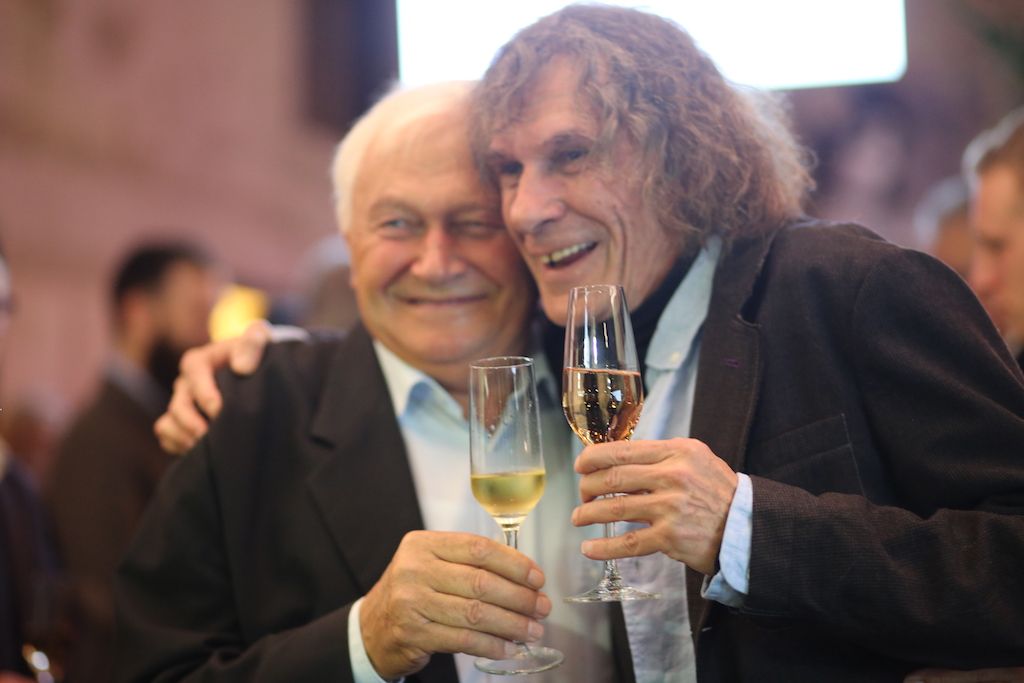
The Vinart Lifetime Achievement Awards were presented to persons who through their work have left a mark on the Croatian winemaking industry. This year, the recipients are the legendary winemaker from Međimurje Franjo Lebar, the pioneer of private entrepreneurship in the wine industry Ivan Enjingi, the initiator of the modern Dalmatian wine scene Zlatan Plenković, the first wine wholesaler and wine-shop owner Vlado Borošić, and the distinguished scientist and author of numerous expert publications Nikola Mirošević.
For more on Croatia and wines, click here.
Feravino Marks Feast of St. Martin
Feravino has traditionally marked the Feast of Saint Martin with the young Frankovka and the young Graševina wines. This year, the celebrations were held at two separate locations – in the centre of Zagreb and at the Old Cellar in Feričanci.

“The Feast of Saint Martin is an ideal occasion for us to thank our partners, distributors, journalists and buyers for their loyalty and support. We are pleased to announce that we expect excellent wines in the year 2019 as well and that new bottles will be filled with our highly sought after sparkling wines – Grasecco and Francesco, whose premiere we had earlier this year,” said Luka Vrga, a member of the Management Board of Osilovac, which is Feravino’s parent company.
Along with the Slavonian specialties and the “obligatory” tamburitza music band, the party in Feričanci lasted until the early morning hours, and the Feravino’s Old Cellar was open to all wine fans. However, the Feast of Saint Martin was not the only reason to celebrate since the vineyard of Makloševac, which was planted in 1989, this past week organised the selected harvest of Graševina grapes.
“The weather conditions were ideal. The grapes are of exceptional quality. Dry and very warm autumn and the extremely high temperatures which are rarely seen in this part of the year have given us wonderful raw material with promising potential. We expect high sugar content and, of course, excellent must, as well as supreme predicate wine. Feravino is known for producing predicate wines of all categories,” said Ivan Maričić, the general manager of the Osilovac company.
He added that the vineyard was particularly proud of its Frankovka 2016 ice wine, which was produced in a limited series. That is the first such wine made in Croatia and the region.
For more on Croatian wines and the local wine industry, click here.
Domaine Koquelicot Winery Presents New Vintage
A new vintage from the Domaine Koquelicot winery has been presented recently at the Vivat wine bar in Zagreb. Despite its French name, the winery is actually located in a picturesque Istrian town of Gračišće, halfway between Višnjan and Poreč. The owners are Croatian-French spouses Jacqueline Marovac and Olivier Ertzbischoff, and their wines present a happy combination of Istrian terroir and the French wine style and tradition.
Jacqueline was born in Rijeka, but she left her town and led the globetrotting life – which led her from England and Canada to Asia, Chile, Africa and France. She is an epidemiologist by profession, and she loves to enjoy life and knows the lifestyle and wines really well. Olivier Ertzbischoff is a retired cardiologist, but also an expert on good French, and especially Burgundy wines.
When they moved to Istria which they adore, Olivier began to think about starting the wine production. In order to learn how to do it, he would take part in grape picking and cellar activities of well-known Burgundy wineries such as Anne Claude Leflaive and Bachelet, and he also learned about the production of biodynamic wines. Although he recently obtained an oenologist diploma, excellent wines have been produced under his leadership for some time now. Special among them is the Belaigra Chardonnay, the Kontempo sparkling wine, with no added yeast and with a bit of sugar residue, but also the Nomad Cabernet Sauvignon.
The name of the winery is the French word for poppy, which is their favourite flower which signifies health in vineyards – but written with the initial capital K – fitting for the Croatian language. The young winery is celebrating its fourth birthday but has already gained an excellent reputation in the Croatian market.
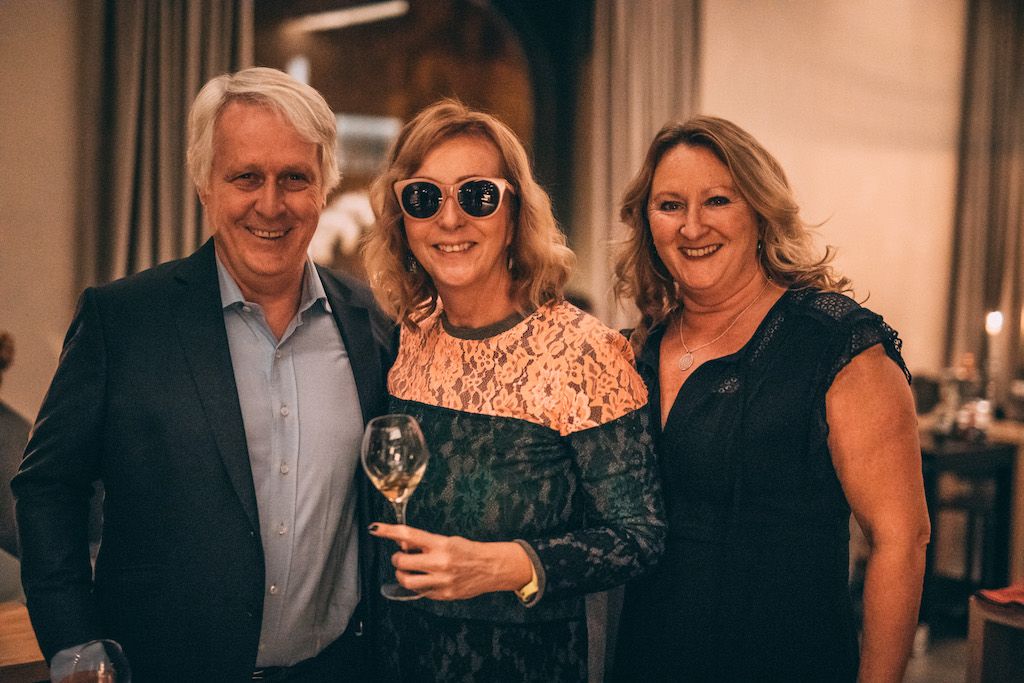
Since they travel a lot, they do not have their own vineyard but rather buy the grapes. They pay great attention to the cellar process where their wines mature in barrels brought from Burgundy, from the Francois Freres barrel shop, trying to make them more natural. Their first vintage was 2013 and they immediately won numerous national and international medals, including the most important ones from Decanter.
We have attended the first tasting of the new vintages, mostly 2016. The Kontempo Blanc de Blancs sparkling wine, which has received the silver Decanter in the past, got its name because the creators were trying to make it follow the times (con tempo). It is a zero-dosage sparkling wine made exclusively from the 2015 Chardonnay, but with just 2 g/l of sugar residue. It is a great aperitif sparkling wine, but it also goes well with oysters and fish.
Epicuria is a label which has in the past received the bronze Decanter and has been named after the Epicureans, and the hedonistic ways of its creators. We tasted the wine from 2016, made exclusively from Chardonnay, which goes excellently with truffles and is the best wine in this series. Also very nice is their Belaigra, of a pronounced Burgundian style, named after the combination of the name of Belaj, where they used to have their cellar, and Gračišće, where they are now. We tried the 2017 vintage, and there are still many years of maturing ahead of this wine which could make it even better. The Fugaz 2016 is a Malvasia, which we would not immediately identify as such, but it is an excellent wine, named after the falling star in Spanish.
We also drank the Nomad red coupage – made from Merlot, Cabernet Sauvignon and Terrano – from 2016. It was most liked by the female part of the audience at Vivat, which recognized the good prospects of this still young but very interesting wine. The wine was named after their son Demian who lived a nomadic life with his parents, while the wine named after their daughter (coupage of Malvasia and Chardonnay), Santa Chiara, was not tasted this time, just like the other sparkling wine, Luna, named as such after one of the tasters described it with the feeling “of being on the Moon.”
For more on Croatian wines, click here.
Stina and Ledinić Wineries Present Wines You Cannot See Even in Films
They say that the Plavac Mali wine variety has a thousand faces, that its nature is wild, that it is unbridled and rustic, but also that in the hands of a good winemaker the variety produces wines of exceptional quality. The truthfulness of these claims was confirmed in Zagreb recently as part of Jelena Bulum’s programme entitled Wine&Cinema held at the Bornstein wine shop and wine bar, which paired wines and films.
The guests tasted wines of different stylistic expressions: on one hand, Stina’s modern wines – Bogondon 2017, Plavac Mali Barrique 2013, Plavac Mali Majstor 2015; and, on the other hand, the wines produced by the winemaker Željko Ledinić from Pelješac, more focused towards fans of the traditional Plavac – Plavac Mali Selection 2013, Plavac Mali Prestige 2011, and semi-dry Plavac from 2011.
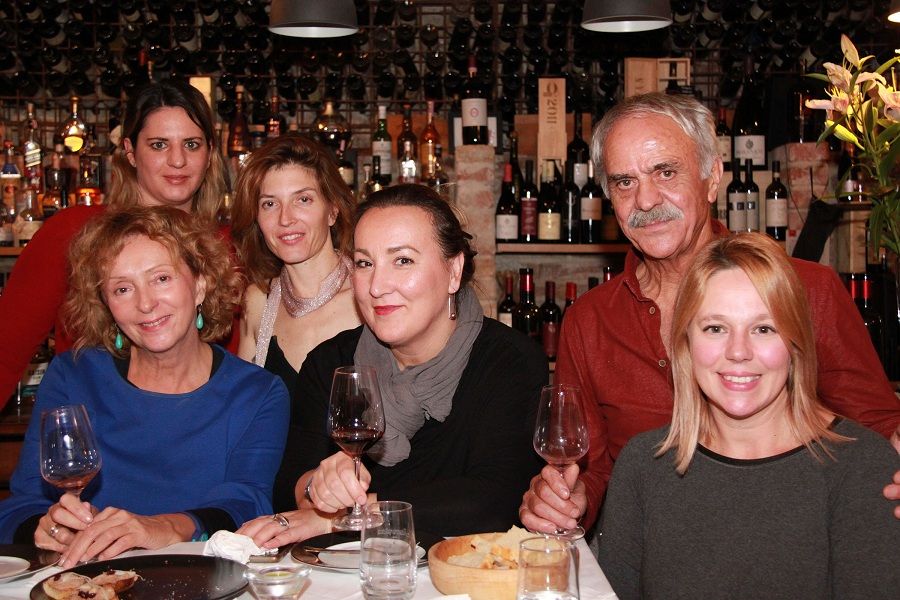
The tasting was accompanied by clips from psychological thrillers, and the selection of the films was explained by the event organiser Jelena Bulum who said that such complex and serious wines such as Plavac can found their pair only in films whose protagonists are equally complex.
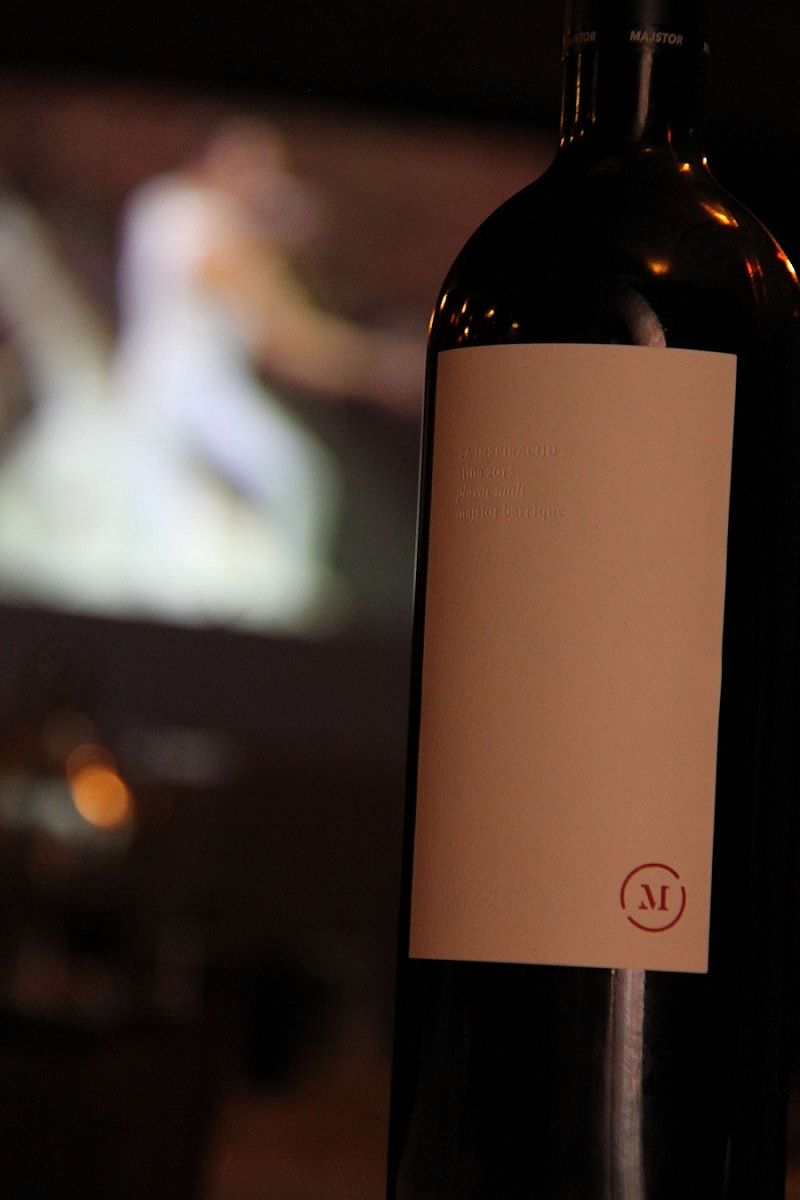
A ballerina who “breaks down” under the weight of expectations in Black Swan, the talented Tom Ripley from the eponymous film who thinks that “it is better to be a fake somebody than a real nobody,” the pathologic liar and kleptomaniac Marnie, a creation of master the of the suspense Hitchcock.
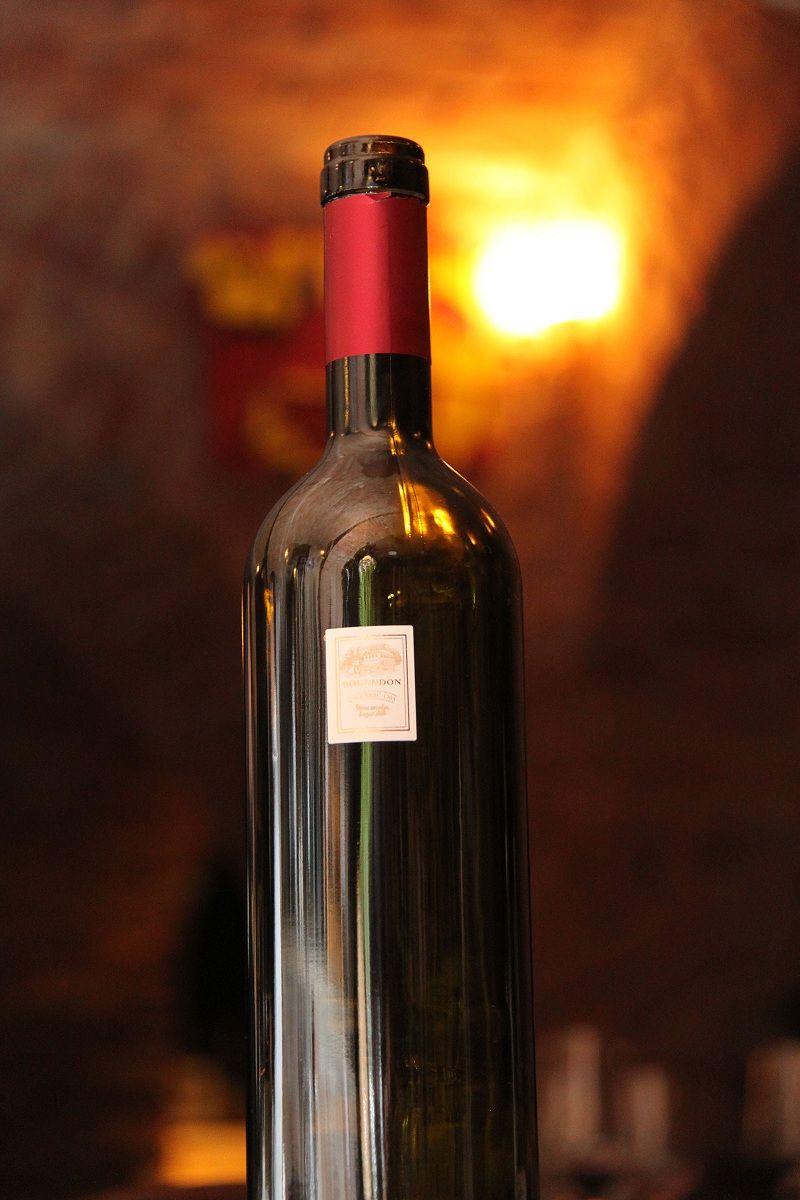
Marnie was paired with the Majstor wine. Stina’s wines were tasted accompanied by the well-known snacks from Bornstein's kitchen, and Ledinić's wine with fresh oysters from Mali Ston and authentic Croatian cakes “Granma’s Kisses”, with all ingredients coming from family farms.
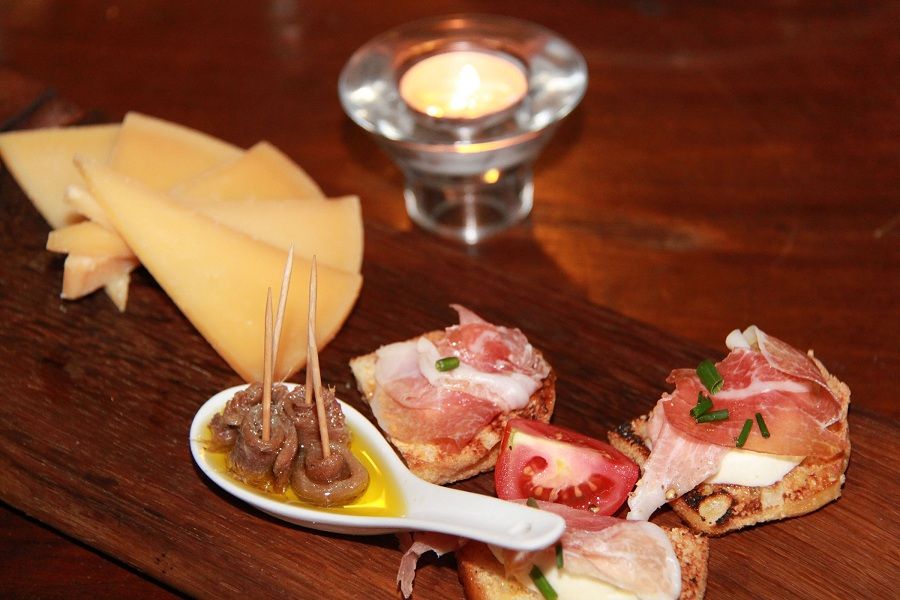
The audience showed its support with active participation and by commenting on the films and wines, with applause repeatedly heard for the Stina wine labels, the spontaneity of Željko Ledinić, and the film knowledge of Martin Milinković who, together with the selected films, presented some of the trivia about them. The organisers say the Christmas edition of the Wine&Cinema programme is already being prepared.
For more on wines in Croatia, click here.
Lessons from Macedonia: How Croatia Can Learn How to Market Wine
November 7, 2018 - Croatia is the home of the original Zinfandel, home to 130 indigenous varieties of outstanding quality, but with no idea how to promote its wines on the international stage. Some lessons from Macedonia.
Although I once spent five years in the wine industry running a small family business in the UK with my father, I am a beer man these days. Perhaps that was the reason that it took me so long to realise Croatia had an incredible wine story that was not being told. In fact, I remember when I first moved into the small house in the old town of Jelsa, a very friendly bearded man who looked a little like Father Christmas knocked on the door and introduced himself in French, before giving me a welcome bottle of rose and telling me he was the next door neighbour. It was several years until I realised that Andro Tomic was one of the most celebrated winemakers in Croatia.
Slowly I started to learn what I had been missing. The island of Hvar had an incredible wine story dating back 2,400 years to the arrival of the Ancient Greeks in 384 BC, and the vines and olive trees they brought with them and planted in what became the UNESCO World Heritage Site, the Stari Grad Plain, are testament to part of that tradition. But Croatia, it seemed, was also the original home of Zinfandel - a fact proven by DNA matching at the University of Davis back in 2001 - and it was a Croat who rocked the snobby French wine establishment back in 1976 at the so-called Judgement of Paris.
I was not alone in my ignorance of the excellence of Croatian wine. The late, great Anthony Bourdain was totally blown away by the Croatian food and wine story when he visited six years ago, and his No Reservations episode on the Travel Channel remains, for me at least, one of the finest pieces of Croatian tourism in history.
A promotion which has not been capitalised on, for six years later, the rich potential of Croatia's food and wine tourism remains in its infancy.
Interest in, and awareness of, Croatian wine is growing. Indeed, among American travellers, 'wineries and vineyards' was the number 5 thing of interest in a recent major survey of tourism interest in Croatia within the US market. Great news, especially as Croatia has such a strong wine offer.
So where is the information for them to find out more? Where is the official website telling the world about Croatian wine?
It doesn't exist.
I was quite shocked when I learned this a few years ago, and I saw that there was an opportunity for TCN to get into the Croatian wine information market. I asked the tourism gurus and the Chamber of Commerce for help and financial support to put something together. None was forthcoming. But there must be a database of winemakers, surely? If I could get that, I could easily put them on an interactive map, which would help people find winemakers directly.
There WAS a database.
Kind of.
After an epic struggle, the Chamber of Commerce finally sent me their database of winemakers. I was beyond excited. I could quickly put this comprehensive database into map form, and we would have the first ever map of Croatian winemakers.
And then I opened the database.
Just 235 winemakers on the list (compared to more than 500 on the subsequent map I built on Total Croatia Wine).
195 of these 235 had no website details.
106 had no email address.
72 had no phone number.
All businesses in Croatia must pay a minimum of 500 kuna a year to the Chamber of Commerce. Would it be too much to expect to get at least a listing on a database with some basic contact details?
And so Total Croatia Wine was born. In addition to a map of all the winemakers, we created individual wine maps for various regions, a section on the main indigenous grapes of Croatia, profiles of some of the main winemakers and so on. We even started shipping Croatian wine to customers all over the EU, the United States and Japan. I was surprised to learn that, despite being such an important wine region, Dalmatia had no wine road. I asked the Ministry of Tourism why and received this rather spectacular response:
As far as wine roads are concerned, there is a number of websites where wine roads in Croatia can be found, including in Dalmatia, such as the Biokovo Wine Road, the Vis Road, the Brač wine road, etc.
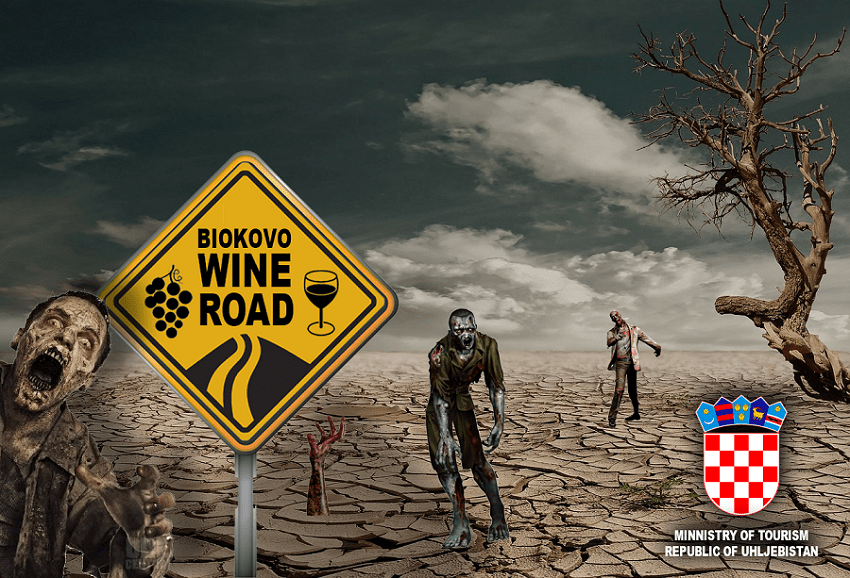
The Biokovo Wine Road? This was a new wine road to me and certainly not one on my Total Croatia Wine map. It turned out that not only had I never heard of it, but neither had anyone else in the wine industry in Croatia.
It doesn't exist. And while there may be some grapes grown here and there, there are no winemakers, no tourism wine tasting opportunities. The Ministry of Tourism had managed to create something rather unique - a wine road with no grapes. I asked for more details about this Biokovo phenomenon, a link to just one of those 'number of websites' - I am still waiting for the answer.
Wineries and vineyards is the number 5 thing of interest for American tourists looking to visit Croatia. And nobody can officially tell you where the wine roads are. I turned to the Croatian National Tourist Board for help. Did they have a map of wineroads in Croatia? They didn't, but they were very helpful in trying to get the information:
Please find attached the list of wineroads in Croatia which we have collected by county tourist boards. We are still waiting for few replies so we can send you final list when we receive the missing replies.
At least now there is some information available, but only because a journalist requested it.
"Why is this region so crap at promoting wine?" I asked a respected international wine professional recently.
"This region, or Croatia?" came the reply. "Croatia is a special case. But if you want to see how it is done, check out how Macedonia is doing it with their Wines of Macedonia association. And the website info is just one part of it. Macedonia is kicking some major ass with its wine presence all over the world and trade fairs and promotions. Croatia is nowhere to be seen. Perhaps a few individual Croatian producers will come, but they are often under the umbrella of their country agent. But Macedonia? They are united, present together, with winemakers contributing their costs according to the number of hectolitres they produce."
Wow! Meet the Wines of Macedonia website!
Macedonia exports 85% of its wines to 38 countries, a business worth 50 million euro each year. And - this is priceless - can you guess which country imports the most Macedonian wine in the world?
Yup - Croatia! Not only can Croatia not tell the world about its wines, or organise its winemakers to market them internationally, but it is also the leading buyer of wines from the neighbours.
To quote from the website:
Wines of Macedonia (WoM) is an organization that unifies the work of Macedonian wine producers, committed to promoting the quality and image of Macedonian wine throughout the world.
The Association is established in April 2010 as an NGO to represent common interests of its members as well as:
• provide strategic support to the Macedonian wine sector including developing the wine and viticulture industry in Republic of Macedonia
• increase export of both bottled and bulk wines
• build an umbrella recognition of Macedonian wines on the regional and international markets
• advocate in front of Government of Republic of Macedonia and other relevant institutions.
What does Croatia have in comparison?
And to finish, a selection of photos from the Wines of Macedonia Facebook page, showing how active they have been all over the world in the last year.
Is it really too much to expect for our tourism and commercial geniuses to come up with something similar?
Congratulations to Macedonia - a wonderful example in how to promote your wine industry.
To learn more about wines from Macedonia, visit the Wines of Macedonia website.
If you are looking to learn more about wines from Croatia, I am really not sure what to suggest, but while I have a think, here is the TCN wine website.
Chardonnay Comes to Hvar: Tasting with the Mercurial Teo Huljic
November 6, 2018 - Tucked away in the stone back streets of Jelsa on the island of Hvar, winemaker Teo Huljic is building up a fascinating portfolio of wines.
One of the things I always try and do when returning to Hvar these days is to pop in and see Teo Huljic, a small winemaker hidden away with his small restaurant and winery in the pretty old town of Jelsa. Jelsa is the town of wine, of course, and with famous names such as Andro Tomic and Ivo Dubokovic, Teo Huljic rarely appears in the spotlight, which is a pity, as his story is very interesting, and the wines he is experimenting with and producing more interesting still.
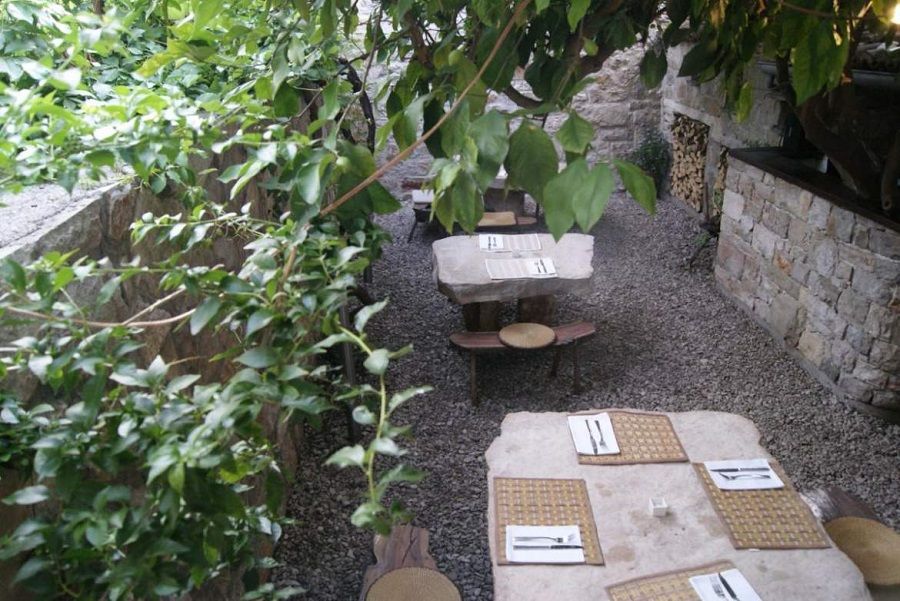
I first met Teo Huljic several years ago when I went to eat at his restaurant which is open for the summer. There is nowhere quite like it on Hvar, with its uneven stone tables, which are afforded shade by two abundant lemon trees, whose juicy fruits have been known to fall from the tree onto the table during a meal. An accomplished chef as well as winemaker, Teo Huljic offers an exceptional slow food and wine tasting experience you can book through Hvar Tours.
And although he only makes about 7,000 litres of wine a year, his range of wines is quite breathtaking, some 15 in all at current count. Like a true artisan, his passion is making wine, rather than making money, and his dedication to the indigenous varieties on the island, coupled with his curiosity about how international varieties might blend mean that he has the most diverse range of grape varieties in his portfolio. He is, I think, the only winemaker who produces a single variety Mekuja, an almost-extinct Hvar white variety, and my last visit was an introduction to a variety I had not heard before (and nor had Google) - Palarusa.
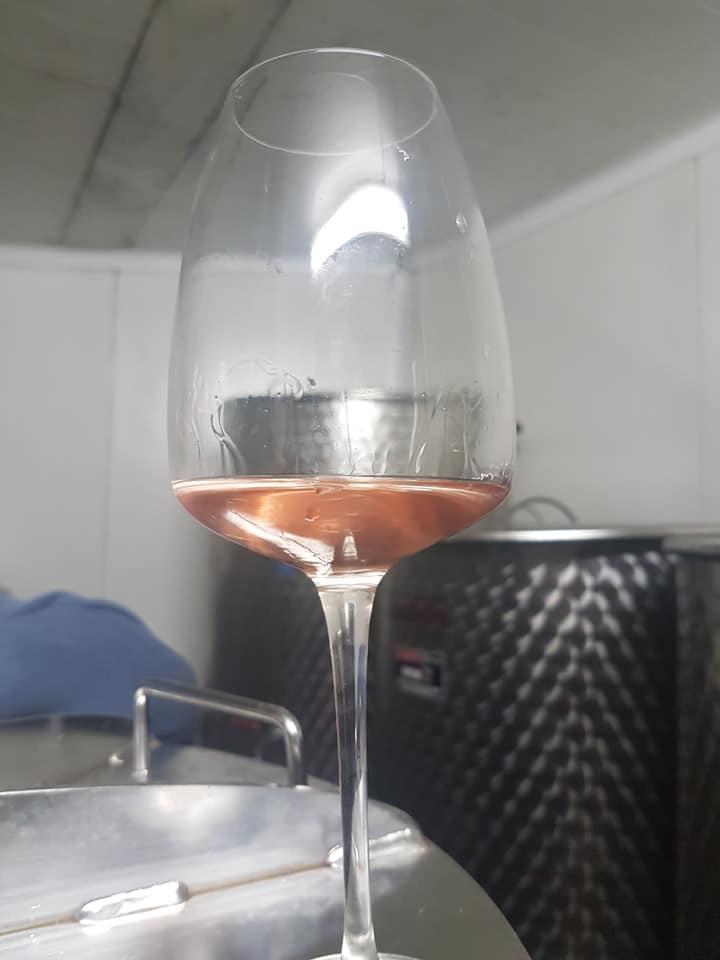
Last week's visit was a chance to do some very early tasting of the 2018 tasting, including the quite delightful experience of witnessing Teo Huljic trying his new Posip for the first time. I don't think I have ever been with a winemaker for a moment like that before. He was pleased with the results, and then went on to show me what else he had been up to.
He had told me previously that he planned to introduce a little Chardonnay to Hvar, as he thought it would blend nicely with two local white varieties, Prc and Posip (and the early signs are that he is right), and I thoroughly enjoyed his Cabernet Sauvign0on and Merlot cuvee, but he saved the new wine of which he was especially proud for last - a Mali Plavac rose, which had more strawberries and roses in a very long-lingering finish than s long summer romance.
If you are a wine lover coming to Hvar, visit this man. To learn more about Teo Huljic and his wines, click here.
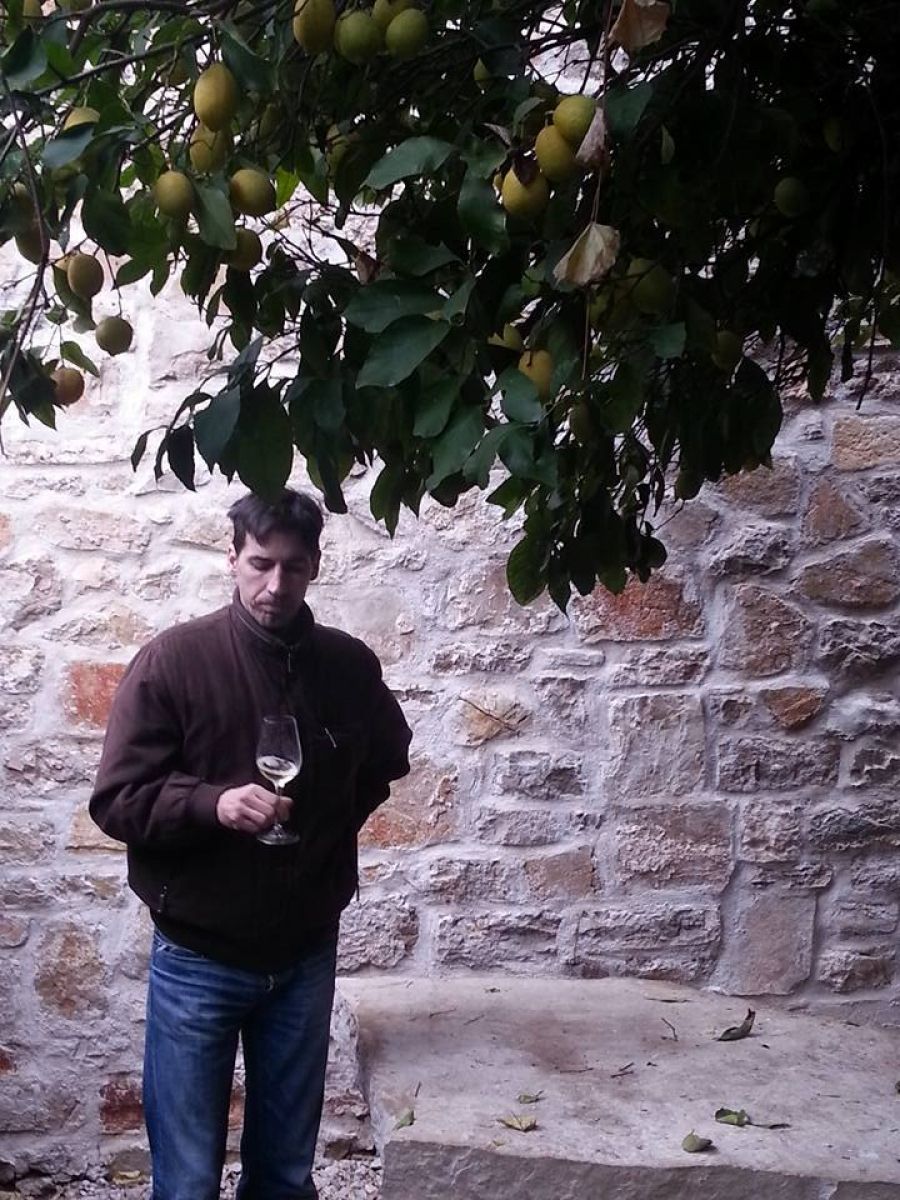
Wine Barrel Factory Opened in Kutina
The Klik Par company opened a factory for the production of oak barrels for the wine industry in Kutina, and the initial value of the Italian investment is 1.5 million euro, reports Agrobiz.hr on November 2, 2018.
“Our investment in Kutina amounts to 1.5 million euro this year. We will reach the same level of investment in the next year and in 2020 as well. As a leader in this sector, we will thus ensure a steady growth of production, so we will soon double the number of workers from the current 11,” said managing director Piero Garbellotto at the inauguration ceremony. He added that Klik Par would become Italian company Garbellotto’s headquarters for eastern Europe.
Klik Par was founded in 2000 and has now launched the oak barrels production as a result of the investment made by the company from Conegliano, which has been producing wine barrels for wine cellars around the world for the last 243 years.
The Garbellotto brothers, who nowadays run the family company, will continue their cooperation with Croatia which was initially started by their father in 1950. The Italian company is one of the most prominent European producers of barrique barrels, and it has used Slavonian oak wood for barrels since 1950.
The Garbellotto barrels can be found in wine cellars around the world. At the plant opening, it was pointed out that Croatian winemakers will no longer have to travel to Italy to buy good barrels since they will be able to purchase them directly from the factory in Kutina.
Garbellotto pointed out that his company had good cooperation with the representatives of Croatian Forests, the Croatian Wood Cluster, the Kutina town administration and others.
The cooperation was also praised by forestry director for the Zagreb area Damir Miškulin, who pointed out that the Italian company had a promising future in Croatia because the production of barrels represented a high level of finalisation of the wood processing.
The new factory in Kutina business zone has also received endorsements from Sisak-Moslavina County Prefect Ivo Žinić and Kutina Mayor Željko Babić.
Want to read more about Croatian wines? Click here.

